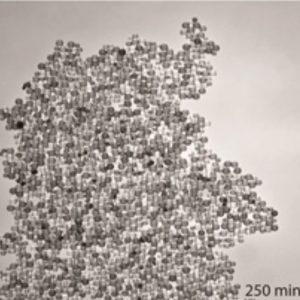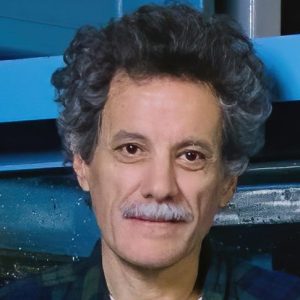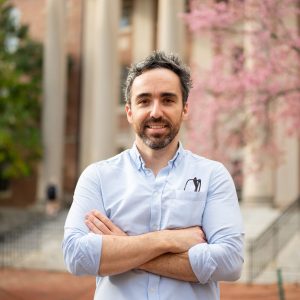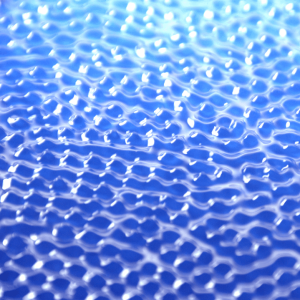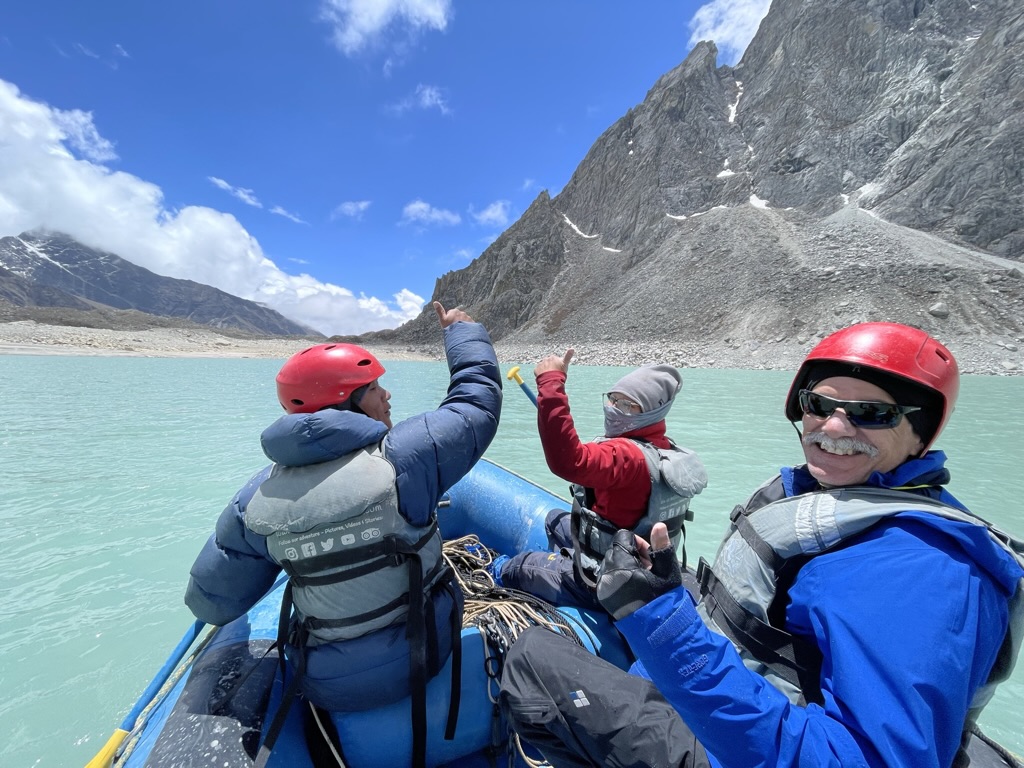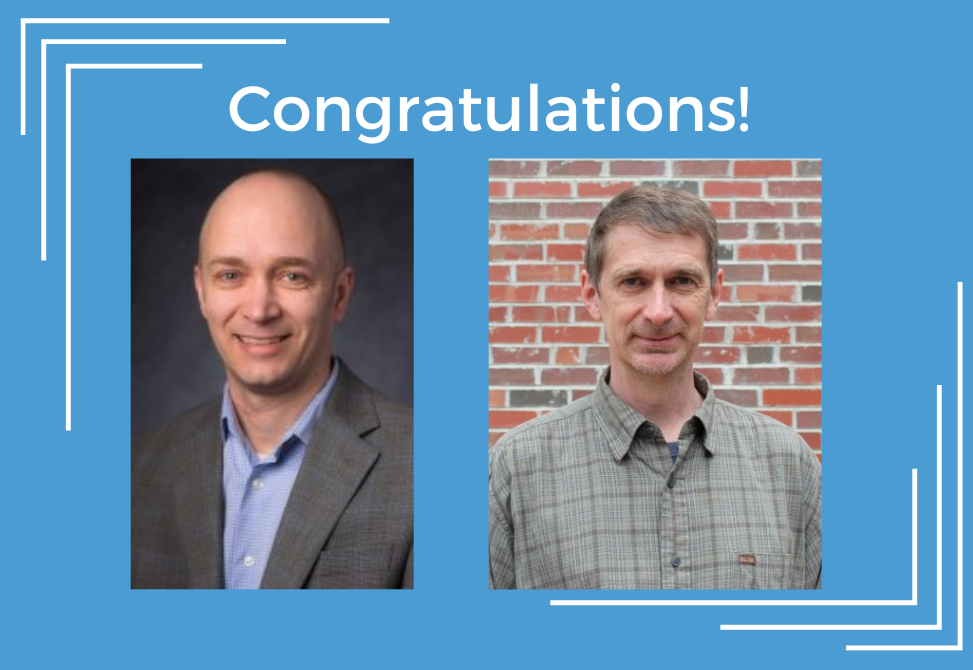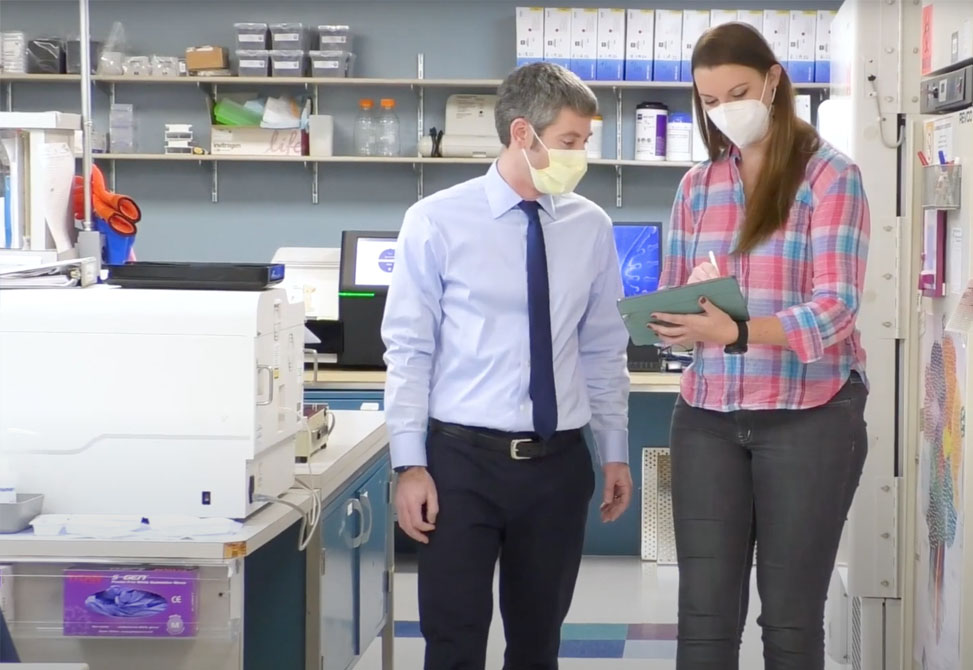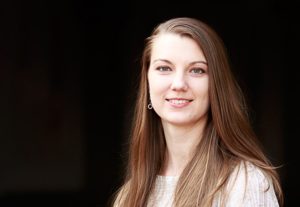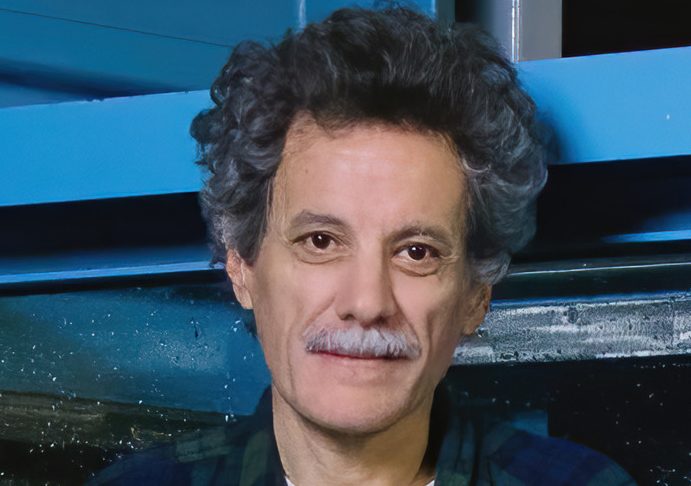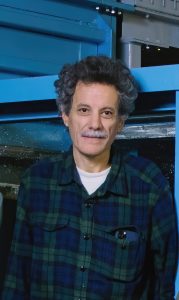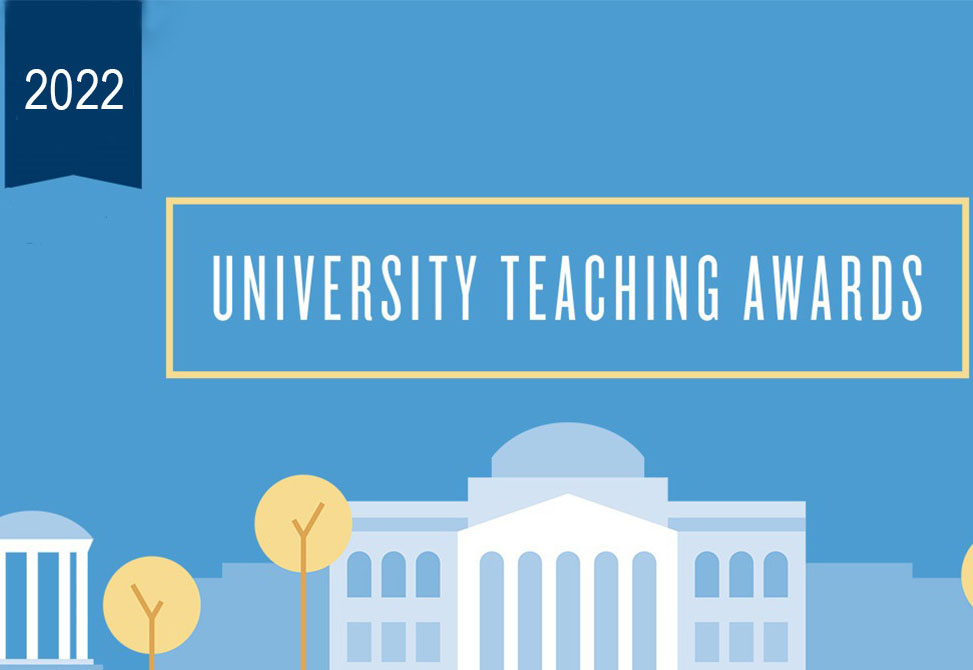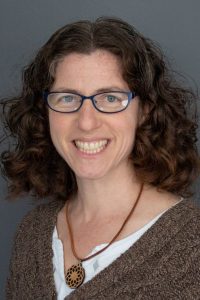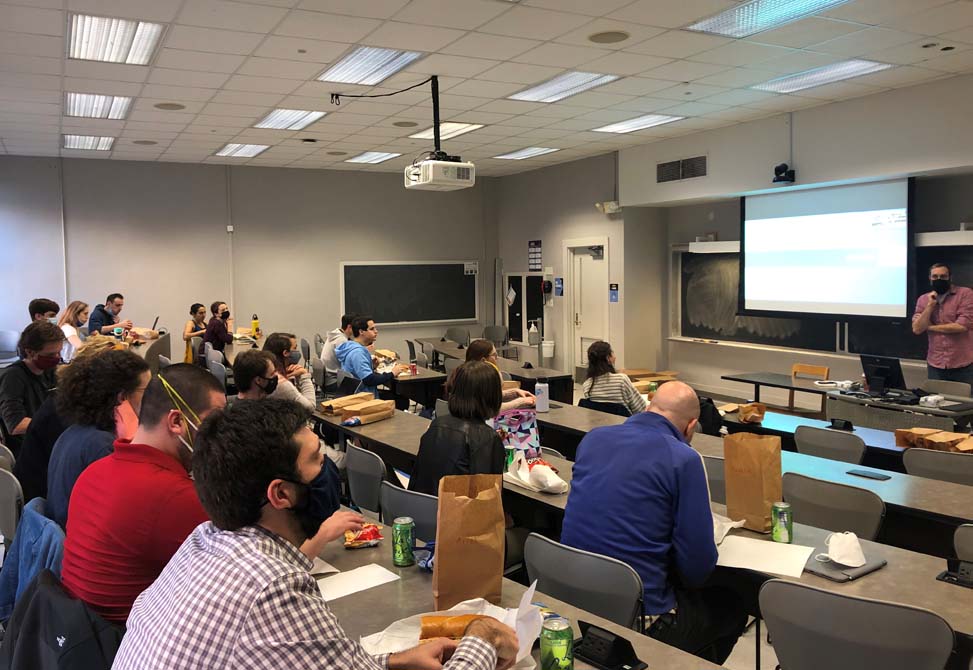Pedro Sáenz, faculty member in the Department of Mathematics, has been awarded a 2023 Sloan Research Fellowship, among the most prestigious awards given to early-career scientists.
The announcement was made by the Alfred P. Sloan Foundation on Feb. 15. A total of 126 early-career researchers were awarded the fellowships, given to extraordinary U.S. and Canadian scientists whose creativity, innovation and research accomplishments make them stand out as the next generation of leaders. The new fellows, who were nominated by their peers, are drawn from a diverse range of 54 institutions across seven academic fields. Winners receive a two-year, $75,000 fellowship which can be used to advance their research.
“Sloan Research Fellows are shining examples of innovative and impactful research,” said Adam F. Falk, president of the Alfred P. Sloan Foundation. “We are thrilled to support their groundbreaking work.”
Sáenz’s research is interdisciplinary, lying at the intersection of mathematics and fundamental physics. His work focuses on the mathematical description of nonlinear fluid processes to reveal surprising connections between classical mechanics, which describes the familiar behavior of large objects, and quantum mechanics, which describes the strange behavior of tiny particles such as electrons. His recent research has demonstrated that oil droplets walking on the surface of a vibrating liquid may behave like sub-atomic particles in a number of settings, revealing particle-wave dual effects previously thought exclusive to the quantum world.
“In our lab, we combine theory, simulations and experiments to better understand fundamental problems in physics and engineering,” Sáenz said. “We work to demonstrate that odd behaviors displayed by electrons and other atomic-sized particles can be recreated with larger particles visible to the human eye that move guided by the waves they excite.”
Sáenz earned a Ph.D. from the University of Edinburgh. He pursued postdoctoral work at the Massachusetts Institute of Technology where he taught applied mathematics. He joined the UNC faculty in 2019. Sáenz is the recipient of a National Science Foundation Early Career Development Award and recently won the American Physical Society’s Van Dyke Gallery of Fluid Motion Award.
Awarded annually since 1955, a Sloan Fellowship is among the most coveted awards given to young researchers in part because many past fellows have gone on to great achievements in science. Fifty-six fellows have received a Nobel Prize in their respective field. Potential fellows are nominated by their peers and then selected by an independent panel of senior scholars.

